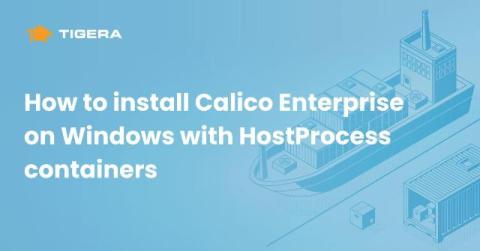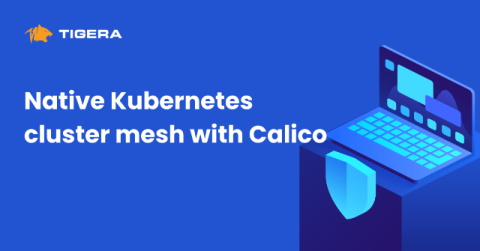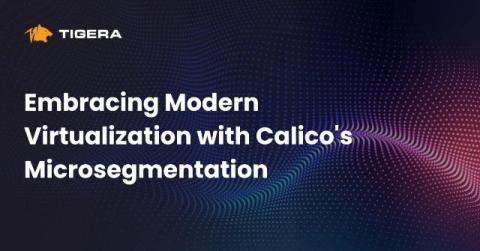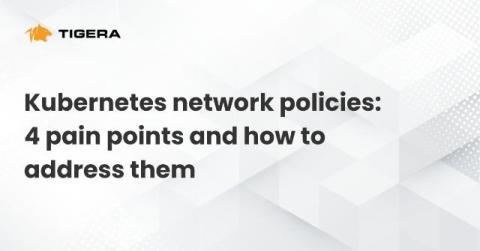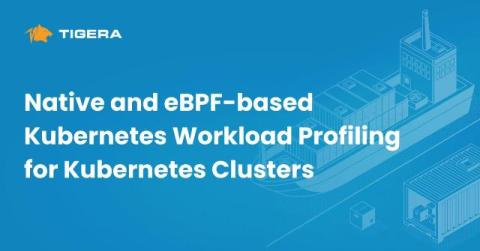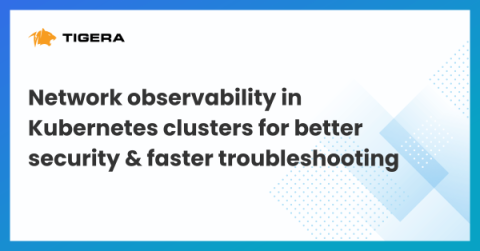Why Kubernetes is removing in-tree cloud-provider integration support in v1.31, and how it can affect you
Kubernetes is known for its modularity, and its integration with cloud environments. Throughout its history, Kubernetes provided in-tree cloud provider integrations with most providers, allowing us to create cloud-related resources via API calls without requiring us to jump through hoops to deploy a cluster that utilizes the power of underlying networking infrastructure. However, this behavior will change with the release of Kubernetes v1.31, and right now is the best time to plan for it.





